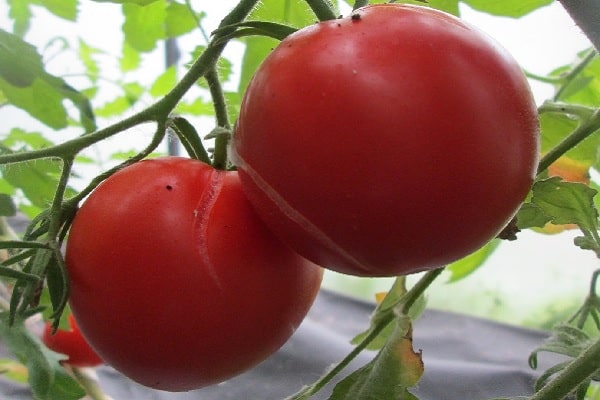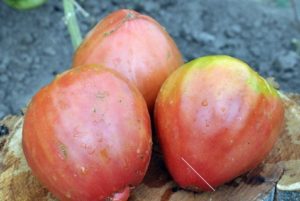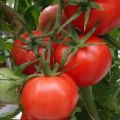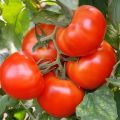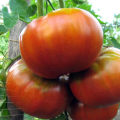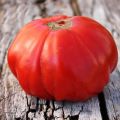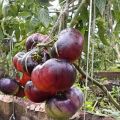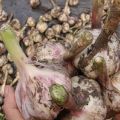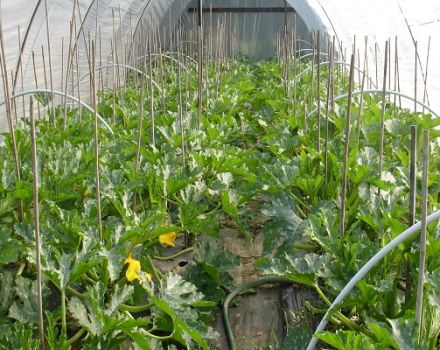Description of the Siberian abundant tomato variety, its characteristics and yield
The Siberian abundant tomato has firmly entered the annual assortment of vegetable growers in Western and Eastern Siberia, the Urals, the Central region and the Volga region for growing in greenhouses for early production. Its fruits have the best characteristics for fresh consumption, since they are very early vitamin products, for canning in cans and salting in barrels.
Description of the variety:
- Siberian fertile of very early ripening period, from germination to the first harvest takes from 90 to 110 days.
- Bush type - indeterminate with unlimited growth.
- Plant height reaches 1.8–2.0 m.
- For the bushes to develop correctly, shaping is necessary, which includes removing 2-3 main stems, tying them with cords to a common crossbar, and removing sprouts in the leaf axils - pinching.
Fruit characteristics
Siberian tomatoes are rich in ripe red-raspberry color, unripe fruits are red-orange. The shape of the tomatoes is oblong-oval with a slightly pointed spout. Fruit weight from 100 to 200 g. The first cluster is formed over 6–7 leaves, the next one after one. Each cluster has 8 to 10 fruits. Well-developed and well-formed plants are capable of bearing up to 7 clusters. The yield of the variety is over 6 kg / bush.
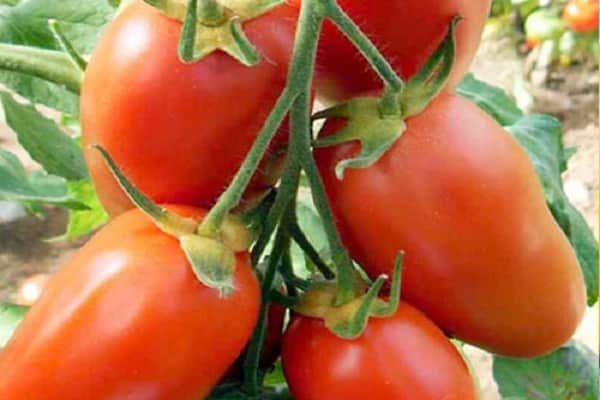
Advantages of the variety
An early and harmonious yield of the crop, stable fruiting every year, remains in the greenhouse for a long time after collecting the first brush.
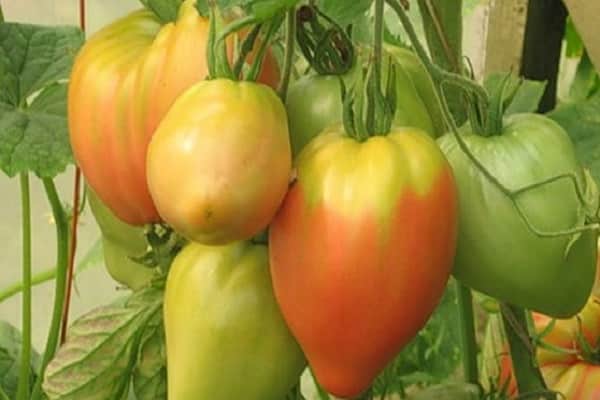
How to get a high yield of Siberian abundant
To get a high and early yield of this variety, seeds for seedlings must be sown as early as possible and use plant illumination. The optimal time for sowing seeds is the second decade of February. The seedlings are transferred to the greenhouse at the end of April, where the air temperature is maintained at 24–26 aboutC. At night, the temperature can be lowered to 18-20 aboutC. Strict requirements for the level of development of seedlings: it must be with a well-formed first brush, which is in the phase of full extension. If this condition is met, harvesting will begin at the very beginning of June. Plants in the greenhouse are placed in two rows with a distance between rows of 40 cm, between plants in a row - 40 cm, aisle - 70 cm.
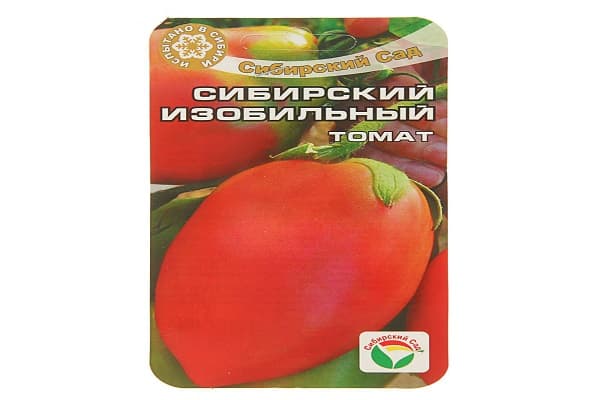
In order for the bushes to be able to provide all the fruits to be tied with nutrients, the plants need to be additionally fed. The best result is given by fertilization with mullein infusion, 2 kg of fresh mullein are poured into 8 liters of water and insisted for a week. For watering plants, this infusion is diluted 5-6 times. Tomatoes need such feeding every 2 weeks.In the absence of mullein, feeding can be carried out with fertilizers based on humin, amino acids and trace elements or mineral fertilizers in tuk.
Azofosk is most suitable - it is a complex preparation in which nitrogen, phosphorus and potassium are balanced.
The advantages of varieties of Siberian selection
The Siberian Abundant tomato variety was bred by the breeders of the Sibirskiy Sad Company, who use pure genetic lines for crosses that are resistant to adverse weather factors. It is intended for regions with a short summer period and is recommended for growing in greenhouses and open field (in more southern regions). Reviews of vegetable growers about this variety are generally positive. They indicate that this variety is preferable to grow in a greenhouse, where its fruits ripen first among other cultivated varieties. The first 2-3 clusters bear fruit in abundance.
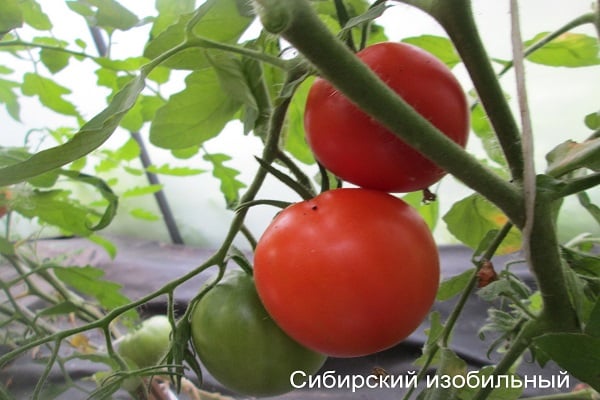
The Siberian Izobilny variety should be distinguished from the Izobilny F1 hybrid from the Gavrish company. The fruits of Izobilnoye are smaller, do not exceed 90 g in weight, and the bushes are determinate, very low. The Siberian tomato, abundant in its characteristics and description of the variety, deserves to be grown every year.
